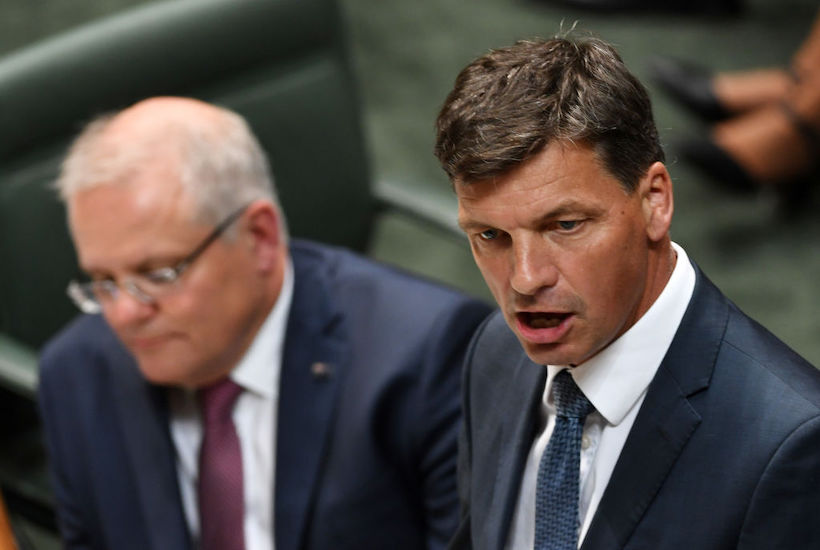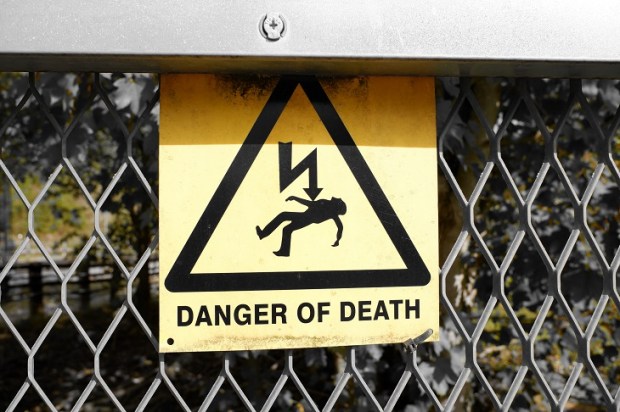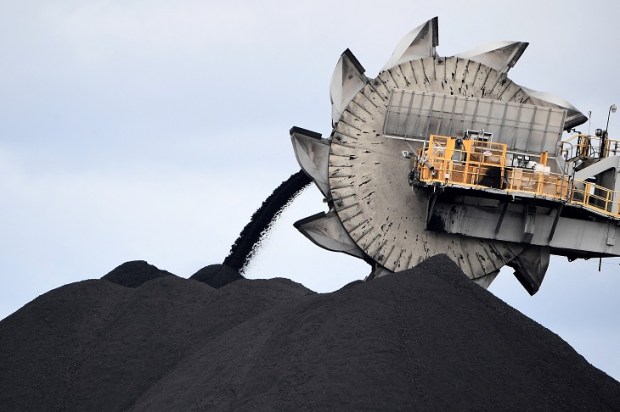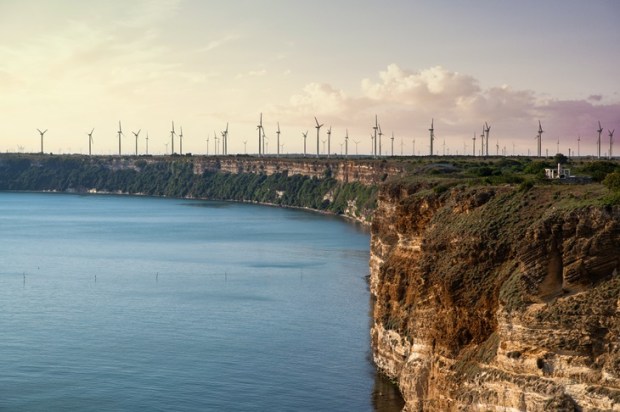The government’s energy policy announced this week is another milestone in the demise of what was once the world’s lowest-cost energy market. The slow fuse priming the bomb was lit in 2001, when Prime Minister John Howard Mandatory Renewable Energy Target (MRET) requiring electricity retailers to include two per cent of exotic renewables (wind and solar) into their electricity supply. This gave a 50 per cent subsidy – paid for by customers — to these renewables.
At that time renewables were confidently forecast to be fully competitive within a few years. Twenty years later wind and solar still require assistance to compete with fossil fuels and their further shortcomings of variable power supply have become more evident.
But policy augmentations from John Howard’s modest interventions mean wind and solar are now are responsible for over a fifth of demand. And the MRET subsidies remain in place, compounded by additional support in the form of assistance for transmission, grants and soft loans –- in all, the equivalent to $13 billion a year. Aside from this cost, these measures bring about highly volatile prices –- especially in the current COVID-abnormal era.
Moreover, by forcing coal generators to operate uneconomically with stop-start operations both increasing overhead expenses and adding to wear and tear, government interventions have raised costs for those generators, which remain the dominant sources of supply. This is making them unprofitable but, in addition to their cost advantage, they are essential to complement the variable and uncontrollable nature of wind and solar in the electricity system’s operations.
Prices suppressed by subsidies to renewables (and government commands) cannot continue indefinitely. They inevitably result in the withdrawal of a major power station and a consequent abrupt jump in prices.
The new energy policy announced on Tuesday is a recognition of the problem but offers poor solutions while flaunting developments that have actually caused it.
The government has recognised that, having been stampeded into an energy supply based on boosting the high-cost unreliable renewables component, it has to engage in ever-increasing interventions if the system is to avoid a Californian style permanent crisis.
Hence the attempts to keep the NSW Liddell power station open, in spite of renewables subsidies undermining its viability. Replacing that policy with one that requires a new gas-powered station is the next step, one that is especially problematic in view of state governments adopting woke policies that prevent the discovery of new sources of gas. Added to the confusion, the government has placed a subsidised cross-continental pipeline on the table. Moreover, citing doubtful ACCC evidence that gas producers are favouring exports over domestic supplies, it is also signalling a requirement for gas developers to subsidise local customers.
Fatuously claiming that “renewables like solar and wind don’t need subsidies but do need integration”, the energy plan earmarks $250 million “to accelerate three critical projects -– the Marinus Link, Project Energy Connect and VNI West interconnectors”. Yet AEMO estimates these will cost $8720 million. And that spending will trigger further operational problems that will be costly to fix. Papering over the cracks from 20 years of bad policy costs does not come cheap!
Oblivious to these contradictions, the Prime Minister boasts that Australia invested $30 billion in renewables over the past three years and will add 12.6 GW of renewable capacity in 2019 and 2020 – that’s eight times the capacity of the Hazelwood Power Station that was forced to close. But none of this renewable energy would have been installed without subsidies and, rather than augmenting supply, it poisons the entire system. Continuing its wasteful energy spending, yesterday the Prime Minister announced that he will extend the investment scope of the government finance agencies to cover carbon capture and storage, which is worthless, and hydrogen, a highly speculative technology.
Energy Minister Angus Taylor claims he has solved one problem with heavy-handed intervention that has brought a 46 per cent price reduction. And, in forlorn attempts to pander to green fetishism, both he and the PM trumpet the emission reductions their disastrous policies have brought. Low prices can only persist in COVID conditions or with continuing deindustrialisation taking out major electricity loads like smelters. Sadly, that is an inescapable consequence of present policies.
The one consolation for the government is that Labor is also totally at sea with energy policy and, facing a revolt from MPs in coal mining areas, is softening its emission reduction goals. But that is scant comfort for the nation requiring guidance to restore the low-cost reliable energy supply system that politics has unpicked over the past two decades.
The competition reforms and privatisations that took place from 1990 brought Australia to world leadership in low-cost energy. At first gradually then rapidly, tinkering by politicians has undermined this. The market is now destroyed and only a handful of politicians, none of whom are in senior ministerial positions, understand how this might be redressed.
The optimal solution is to immediately close down all subsidies and interventions to allow a disaggregated market system to mend itself. But ministerial hubris and denialism are unlikely to allow this. Hence, we will see increased centralisation, political fixes and perhaps re-nationalisations, giving us excessive costs and unnecessary unreliability. Hopefully, eventually a new generation of leaders will emerge, one that recognises the benefits of market systems operating within a stable institutional framework not subject to political activism.
Alan Moran is with Regulation Economics. Among his many publications are chapters on the Australian energy industry in four books covering energy markets across the world.
Got something to add? Join the discussion and comment below.
Get 10 issues for just $10
Subscribe to The Spectator Australia today for the next 10 magazine issues, plus full online access, for just $10.


























Comments
Don't miss out
Join the conversation with other Spectator Australia readers. Subscribe to leave a comment.
SUBSCRIBEAlready a subscriber? Log in